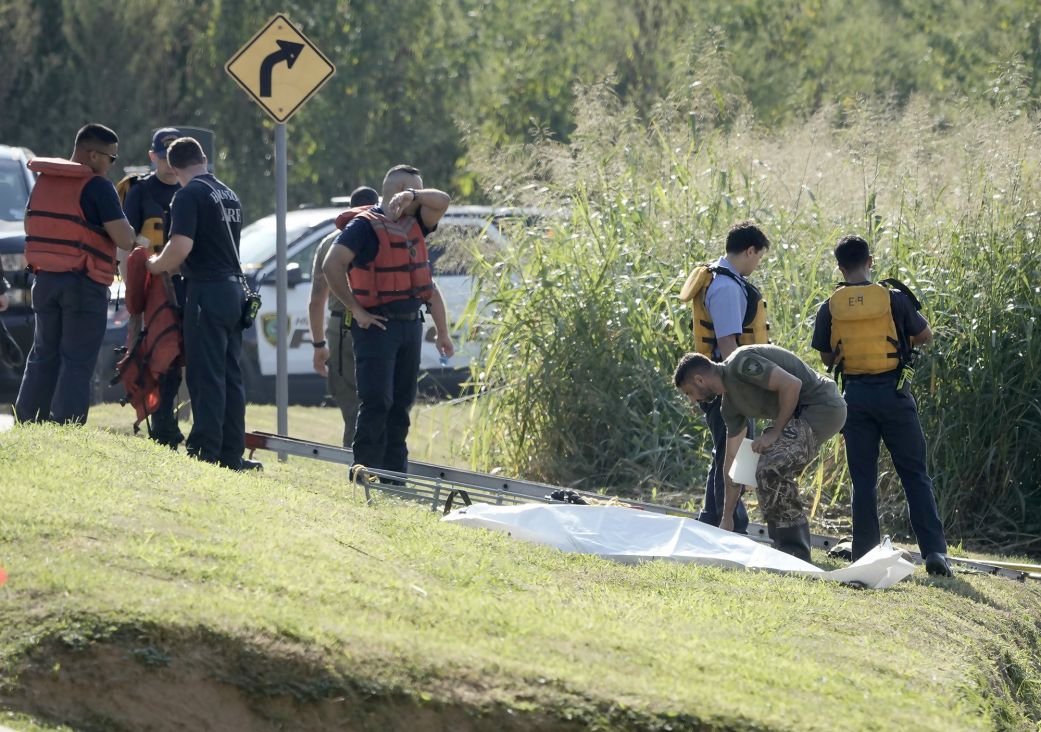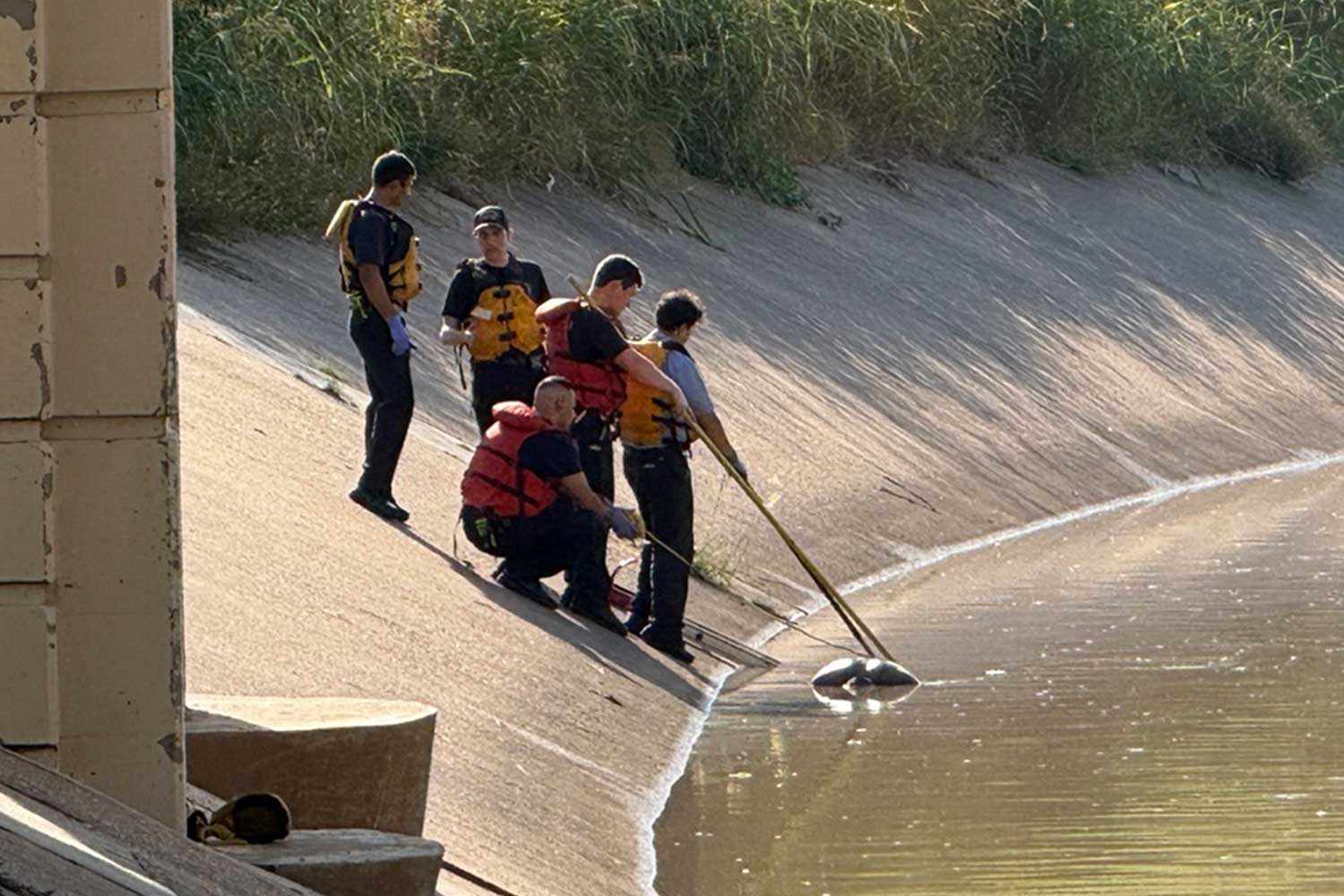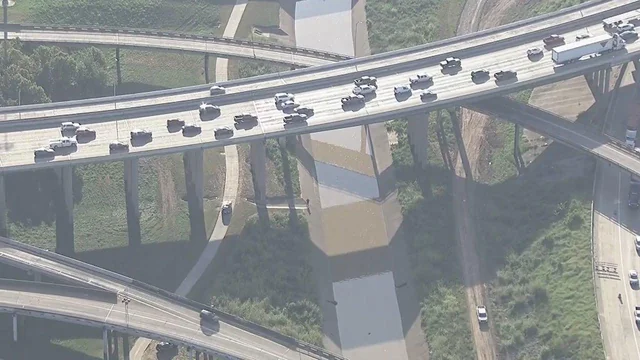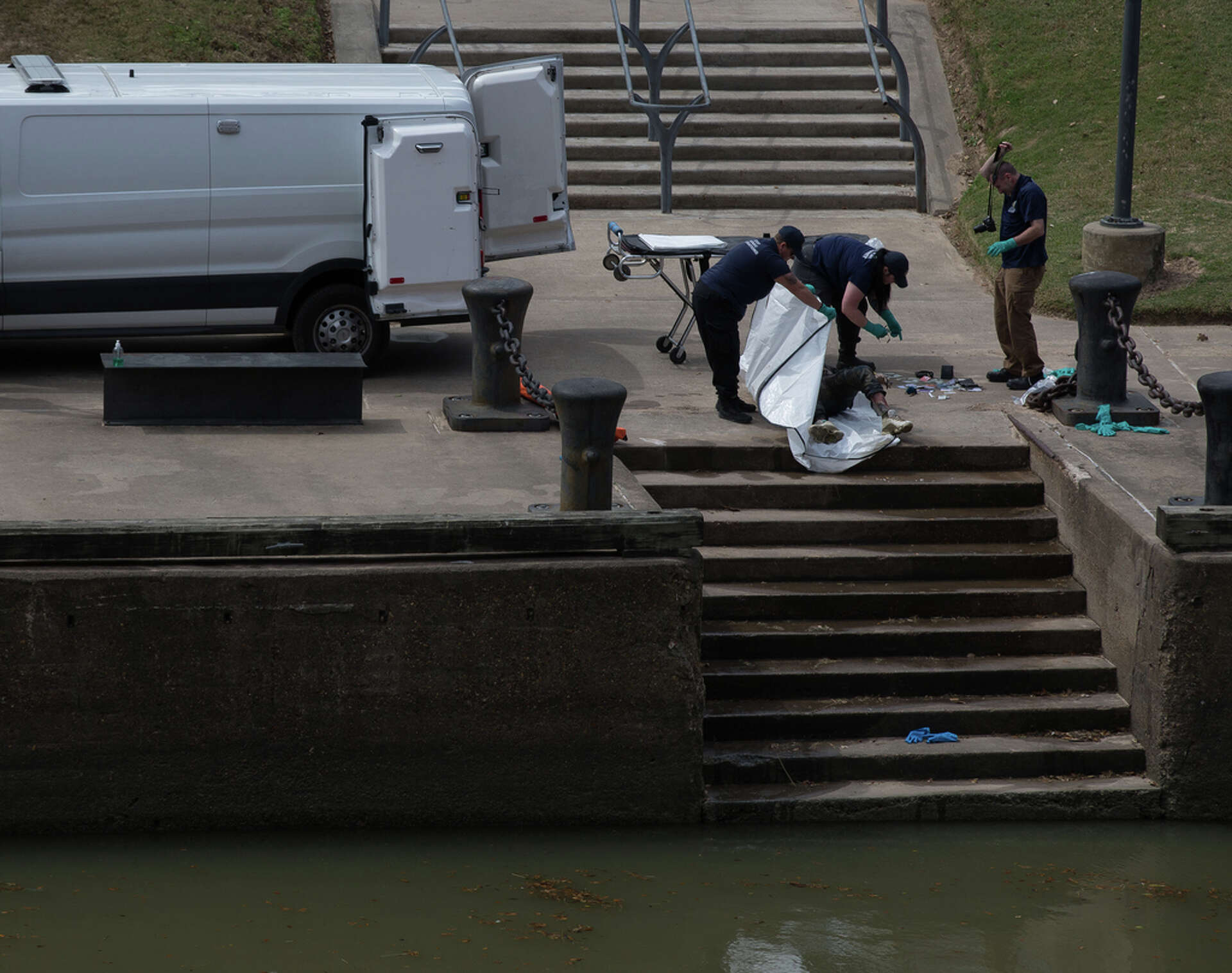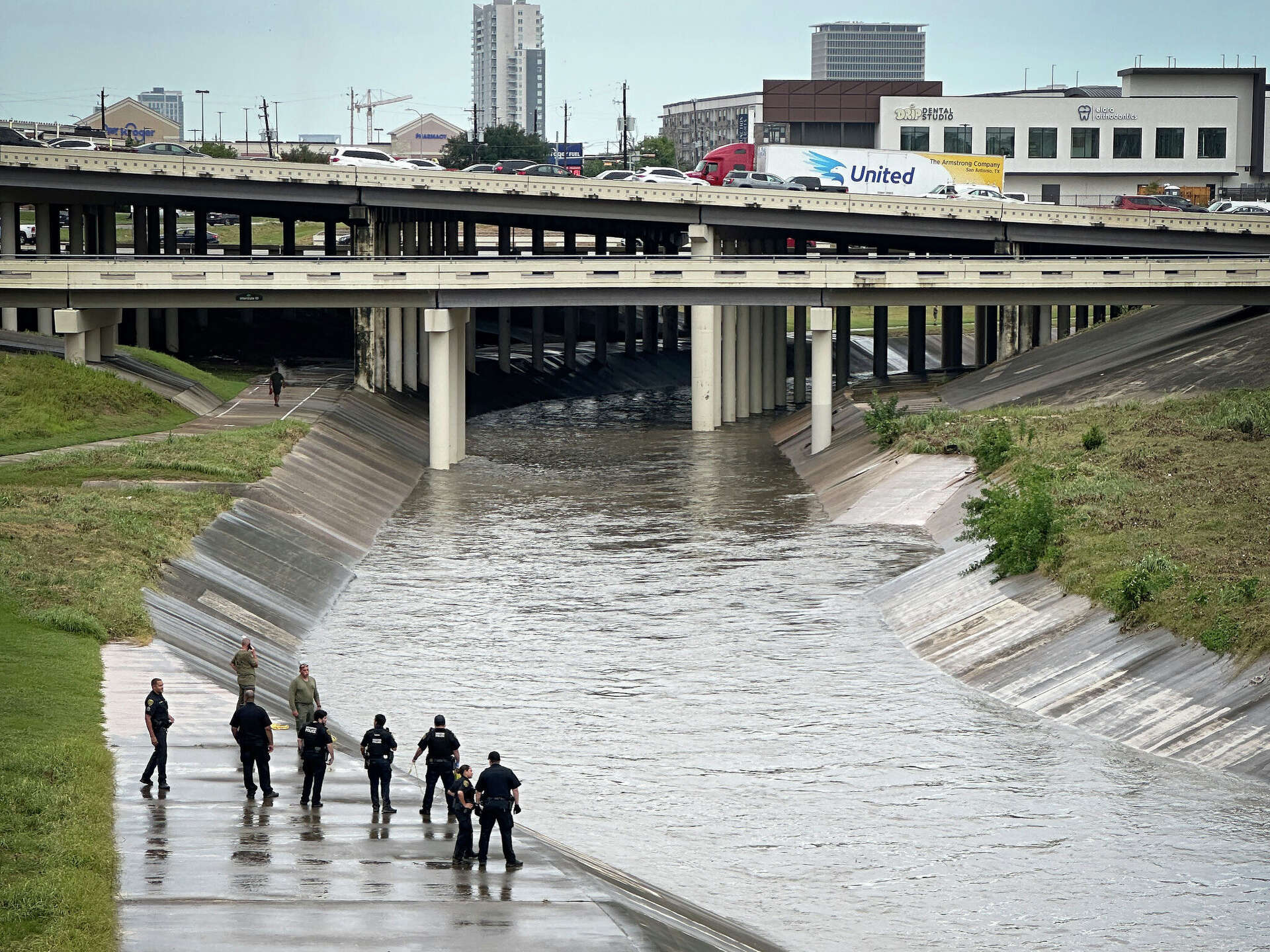Bodies in the Bayou: Is a Serial Killer Stalking Houston?
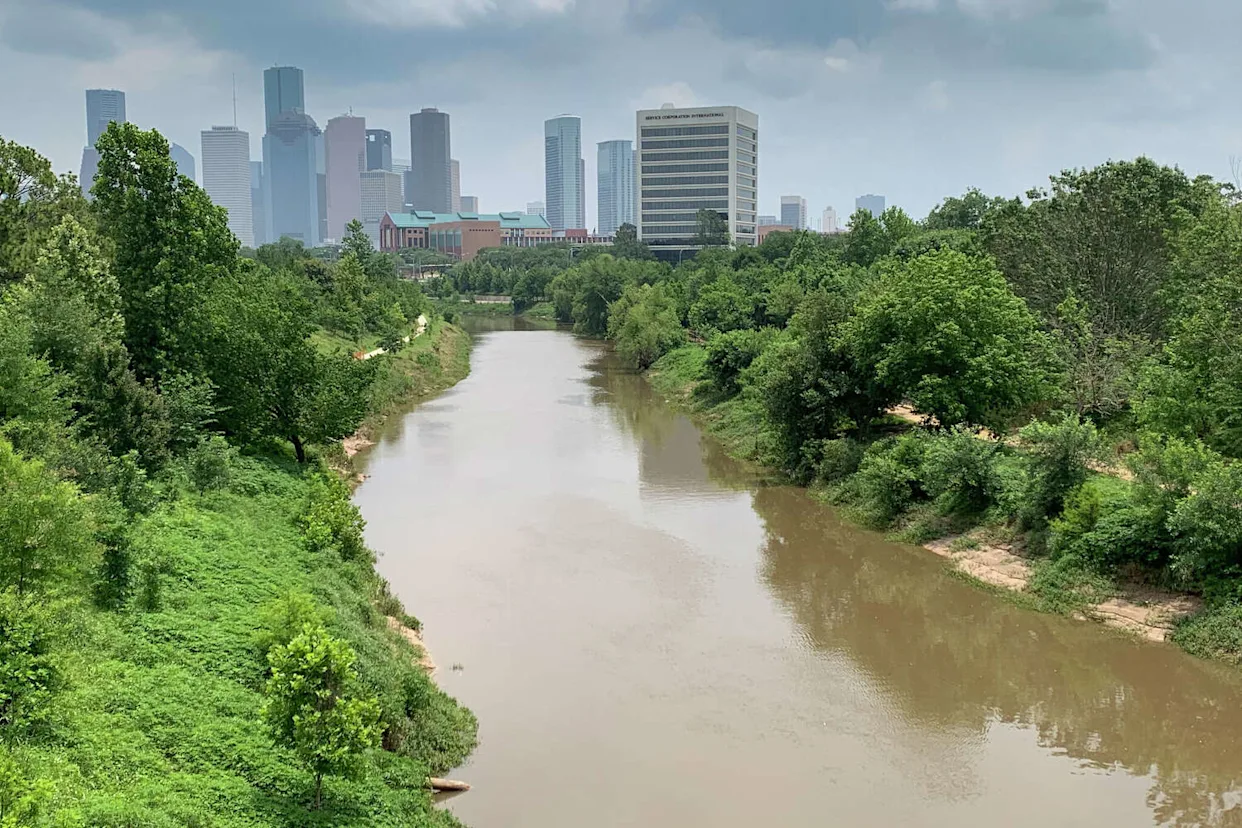
Twenty-four bodies pulled from Houston's bayous in under a year. Social media exploded with serial killer theories. A promising college student vanishes after a night out, only to be found days later in the water with no signs of trauma. But here's what they're not telling you about what's really happening in America's fourth-largest city.
Houston's Bayou Deaths: The Real Story Behind 24 Bodies and Zero Answers
The Numbers Tell a Story Nobody Wants to Hear
Houston has a problem. Actually, Houston has 24 problems this year alone, and they all ended up in the water.
Let me paint you a picture of what's going down in the Bayou City. Between January and October 2025, at least 25 bodies have been pulled from Houston's waterways. To put that in perspective, in 2023, nine bodies were recovered. In 2024, that number jumped to 20. We're looking at a 122% increase from 2023 to 2024, and 2025 has already surpassed last year's total with months still on the books.
And before you think this is some random statistical blip, let me tell you about September. Seven bodies were found in Houston area bayous in September alone, including five in a six-day window that had the entire city on edge.
The Death That Changed Everything

Jade McKissic: An Honor Student's Final Night
Meet Jade McKissic, a 20-year-old University of Houston student studying strategic communications and advertising. She was an honors student, the kind of person professors love having in class.
On September 11, Jade went out with friends to local bars near campus. She left the bar by herself, leaving her cell phone behind, then went to a nearby gas station to buy a drink. Security footage shows her walking away from that gas station toward Brays Bayou.
Four days later, on September 15, her body was found in Brays Bayou about 2.5 miles from where she was last seen. An autopsy revealed no signs of trauma or foul play, but as of today, her cause of death remains officially undetermined.
McKissic was described by the university as "a friend to many in our community" and remembered in her obituary for her "intelligence and humor". She was a campus tour guide, an orientation leader, and according to friends, someone with a bright future ahead of her.
Her death hit different. Jade was a college student living on campus, working on campus, active in student life. And suddenly, every college kid in Houston was asking the same question: If it could happen to her, could it happen to me?
The Serial Killer Rumor Mill Goes Into Overdrive
How Social Media Created a Monster
The internet did what the internet does best. It took a tragic pattern and created a narrative. Within days of Jade's body being discovered, thousands of posts flooded social media claiming a serial killer was hunting people in Houston.
The theory spread like wildfire. Think about it from the public's perspective: multiple bodies, tight timeline, waterways, young victims. The true crime podcasts we all binge basically wrote the script for this panic.
Houston Mayor John Whitmire stood in front of cameras in September and said, "There is no evidence that there is a serial killer loose on the streets of Houston". He was frustrated, you could hear it in his voice. "Enough is enough," he said. "We do not have any evidence that there is a serial killer loose in Houston, Texas. If there was, you'd hear it from me first".
Police Chief J. Noe Diaz backed him up, urging people to be careful about what they shared online, even calling out AI-generated misinformation making the rounds.
What the Medical Examiner Actually Found
The Facts Behind the Fear
Let's get into what we actually know. According to the Harris County Institute of Forensic Sciences, out of 25 deaths this year, the cause of death was undetermined or pending in 16 cases. That's a lot of question marks, and those question marks are exactly what fuel speculation.
Here's what's been determined so far: Four victims drowned, with toxicology results showing drugs or alcohol in at least two cases. One victim died of sudden cardiac death tied to hypertensive heart disease and hypothermia. One case was ruled a suicide from a self-inflicted gunshot wound.
The demographics tell their own story. Nineteen of the deaths were men, three were women. Ages ranged widely, with the majority falling between 29 to 55 years old. They were found across different bayous: Brays Bayou, Buffalo Bayou, White Oak Bayou, Greens Bayou. No consistent pattern, no specific victim type, no signature.
Sign up for the 10 Minute Murder newsletter.
Why Water Deaths Are Forensic Nightmares
The Impossible Task of Determining Cause
Most people don't understand bodies recovered from water. They're incredibly hard to investigate. Water destroys evidence. Fast.
Jay Coons, a criminal justice professor at Sam Houston State University who served with the Harris County Sheriff's Office for over three decades, says it's common for the cause of death to be undetermined when people die in waterways.
Think about what water does. It washes away defensive wounds, obscures minor injuries, creates post-mortem damage that can look like pre-mortem trauma. Decomposition accelerates. Bodies get moved by currents. Evidence gets contaminated or lost entirely.
For eight of the deaths, the medical examiner noted it was "impossible to establish, with reasonable medical certainty, the circumstances of death after thorough investigation". That's forensic reality.
One father, Kenneth Cutting Sr., whose son was found in a bayou in 2024, told reporters his son's cause of death was undetermined. He said, "He did not fall in that bayou," expressing frustration with how the cases were being handled. That frustration is understandable. When you lose someone and get no answers, suspicion fills that void.
What Criminologists Say About Serial Killer Claims
Breaking Down the Profile
Dr. Krista Gehring is a criminology professor at the University of Houston-Downtown, and she's been clear about the serial killer theory. When asked directly, she said "Absolutely not" regarding the serial killer rumors.
Her reasoning? Serial killers need clear signs of homicide: "stab wounds, gunshots, strangulation marks—clear signs of homicide." She pointed out that "People slip, people fall, people drown. That's reality".
Gehring also noted that genuine serial killers have patterns: "same demographics, same trauma, same location". The Houston bayou deaths have none of that. Different ages, different genders, different locations, different causes of death where determined.
She also mentioned that drownings are highly unusual in serial killer cases. "Typically serial killers tend to kill their victims with very sort of intimate, close-up ways, whether it's strangulation or bludgeoning or stabbing". Even if someone was dumping bodies, she noted that would be risky: "You're risking carrying a body and dumping it into water and people in the public seeing you do it".
The Cultural Memory That Makes Houston Vulnerable
Why This City Believes the Worst
Houston has a dark history that makes these fears stick harder than they might elsewhere. The Dean Corll "Candy Man" killings in the 1970s. The Texas Killing Fields cases that still haunt the region. This city knows what real serial killers look like, and that cultural trauma sits right below the surface.
Dr. Gehring called it a "cultural boogeyman—the serial killer". We consume true crime content constantly. We listen to podcasts, watch documentaries, discuss theories online. We're conditioned to see patterns and assign malice to tragedy.
Conditioning shapes perception.
The Real Danger: 2,500 Miles of Hazardous Infrastructure
Understanding Houston's Waterway Problem
Let's talk about what's actually happening in Houston's bayous. Houston has 2,500 miles of bayous and related waterways. That's 25 hundred miles of moving water cutting through one of America's largest cities.
These are urban drainage systems with strong currents, unstable banks, hidden debris, and sudden drop-offs. When it rains in Houston, which it does a lot, these waterways transform into dangerous torrents.
Officials warn that strong undercurrents, debris and hidden hazards make bayous dangerous, even when they appear calm.
Add in darkness, alcohol or drug use, mental health crises, or simply not knowing the terrain, and you have a recipe for accidental death. Tragedy.
The Invisible Victims: Houston's Homeless Crisis
The Population Nobody Wants to Talk About
According to data from the Coalition for the Homeless of Houston/Harris County, the unsheltered homeless population rose by 15.8% in 2025, with 1,282 people living without any shelter.
Think about where people experiencing homelessness set up camp in urban environments. Near water sources. Under bridges. Along bayou banks where there's tree cover and relative privacy. In Houston, that means living right next to 2,500 miles of deadly infrastructure.
Mayor Whitmire addressed this directly, noting that individuals living under bridges often suffer health crises, and when they die, their peers may not call emergency services. The person ends up in the bayou, another body without immediate identification, another case that feeds speculation.
Looking at the age ranges and demographics, many victims fit profiles consistent with people experiencing homelessness, addiction, or mental health crises. This is a public health emergency playing out along waterways that act as a final, tragic destination for society's most vulnerable.
September's Perfect Storm
When Five Days Changed Everything
Let's break down that week in September that sent fear through the stratosphere:
September 15: Two bodies were recovered. One was Jade McKissic in Brays Bayou. The other was found in Greens Bayou near the East Freeway.
September 16: A body was recovered from White Oak Bayou.
September 18: A body was recovered from Buffalo Bayou after witnesses reported seeing someone jump in and never resurface. That case was ruled a drowning.
September 20: Another body was recovered from Buffalo Bayou.
Five bodies in six days. It was this concentration of discoveries that reached "fever pitch" in the city. When you see that timeline, the panic makes sense. The problem is, clustering doesn't equal causation.
Some of these deaths happened weeks or months before discovery. Bodies travel downstream. Water temperature, wildlife activity, and dozens of other factors determine when and where remains surface. The September spike was likely a detection cluster.
What We Still Don't Know
The Unidentified and Undetermined
As of October, there's still a woman who hasn't been identified. She was recovered on September 26 near Commerce Street in Buffalo Bayou. One body found in White Oak Bayou earlier this month has not yet been identified.
Every unidentified body, every undetermined cause of death, adds fuel to the speculation fire. It's human nature to fill in blanks with stories, especially scary ones. Those blanks exist because forensic science has limits.
The Harris County Institute of Forensic Sciences is dealing with an overwhelming caseload, limited resources, and the inherent difficulty of water-based investigations. They're working to process evidence, but the work takes time.
The Demand for Answers and Action
What the Community Wants
Houston City Council Members Letitia Plummer and Dr. Carolyn Evans-Shabazz held community meetings to address safety concerns. Students at the University of Houston and Texas Southern University asked pointed questions about whether they could feel safe on campus, whether they needed to watch around every corner.
The official response has focused on debunking the serial killer theory, which makes sense from a crisis management perspective. Panic spreads faster than facts. Debunking alone doesn't solve the actual problem though.
Dr. Gehring suggested technological solutions. She noted that deploying cameras near bayou access points could provide peace of mind and capture what's actually happening: "where an individual falls into the bayou or has an accident or is intoxicated or whatever, because that's likely what is happening".
Infrastructure improvements matter too. Better lighting, safety barriers, clear signage about water dangers, improved access points with emergency call boxes. These are practical solutions.
What This All Means
The Crisis We're Actually Facing
Here's the bottom line: Houston has a bayou death problem. The distinction matters because the solutions need to match the actual causes.
What Houston actually needs is public health intervention, homeless outreach, mental health services, substance abuse treatment, and infrastructure safety improvements. You need to address systemic issues that put vulnerable people in dangerous situations.
Criminal justice experts and conspiracy theory experts agree there's no indication that a serial killer is dumping bodies into Houston's 22 bayous and waterways. The evidence simply isn't there.
What is there? A city with thousands of miles of dangerous waterways, a growing homeless population, inadequate safety infrastructure, and limited forensic resources to process water deaths quickly enough to prevent speculation from filling the void.
Jade McKissic's death is heartbreaking. Every one of these 24 deaths is a person, a life, a family left with questions. They all deserve thorough investigations and real answers. Those answers are more likely to be found in accident reports, toxicology screenings, and public health data than in serial killer profiles.
The true crime community needs to be careful. Our fascination with the most extreme explanations can overshadow the actual problems that need solving. Sometimes the scariest story is about a society that hasn't protected its most vulnerable people from very preventable deaths.
Houston's bayous are a warning sign

